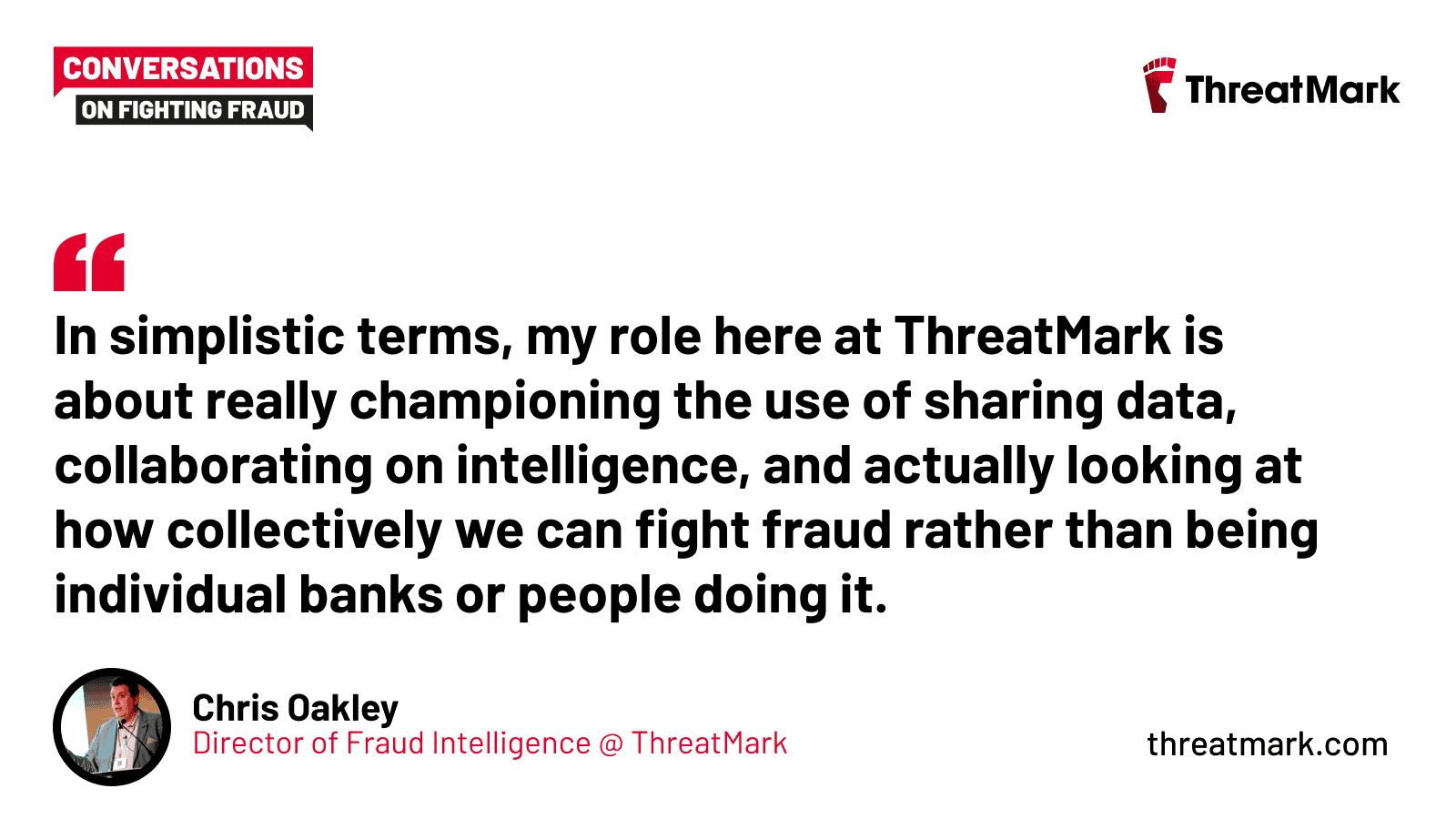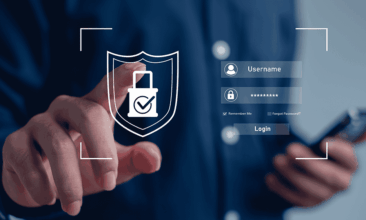
Why Smarter Collaboration Is Crucial to Fighting Scams in the Netherlands
As online scams surge across the Netherlands, most victims never recover their losses and trust in digital banking is starting to erode. Smarter collaboration may help shift the balance.
Online fraud across the Benelux region is accelerating, driven by instant payments, rapid digital adoption, and increasingly sophisticated scams. Mirroring a broader global trend, these pressures are exposing cracks in traditional fraud defenses and pushing financial institutions to rethink how they prevent, detect, and respond.
The Netherlands: A Snapshot of Emerging Fraud Risks
As the largest and most populous Benelux country, the Netherlands offers a telling example of how today’s fraud trends are impacting consumers, banks, and regulators. In 2024, scams led to estimated losses of €1.75 billion ($1.94 billion)—roughly 0.2% of the nation’s GDP. That same year, 2.4 million residents aged 15 and over reported falling victim to some form of online crime. According to Statistics Netherlands, nearly one in ten respondents (9.4%) experienced online fraud.
In line with worldwide trends, scams, social engineering, and AI-powered fraud now dominate the threat landscape. In the first quarter of 2025 alone, nearly 10,000 scam calls were reported to the national fraud watchdog, more than triple the figure from the same period last year. Many of these involved AI-generated voice cloning, often impersonating banks, tech support, or even victims’ family members. Alarmingly, more than half of Dutch consumers say they can’t distinguish a cloned voice from the real one.
Download the Scam Insights Whitepaper
Financial Losses and Fading Trust
The consequences are most severe for victims, who face not only financial loss but also emotional strain. While most defrauded consumers lost amounts under €500, some of the most severe cases in the past year involved losses exceeding €21,000. A recent study by De Haagse Hogeschool found that a staggering 80% of online scam victims never recover their losses—and just 1% succeed through the criminal justice system.
This is reflected in rising anxiety among the Dutch. Among victims of online fraud, 42% reported lower trust in others, while one in four said they felt less safe afterward.
According to GASA, 82% of Dutch citizens chose not to report scams to law enforcement in 2024—a 9% increase from the previous year. This underreporting is likely driven by psychological barriers, as well as low public awareness of available recovery options. In the study by De Haagse Hogeschool, just 0.2% of victims attempted to recover funds through a court bailiff—a process known as the deurwaardersroute—and only 35% were even aware it existed.
Could Banks Do More?
The negative impact of fraud extends to victims’ banks, bringing reputational risk, operational pressure, and renewed scrutiny of fraud prevention measures.
Among the roughly 20% of victims who managed to recover their losses, about half were compensated by their bank or credit card provider. According to researcher Susanne van’t Hoff-de Goede, banks have a clear opportunity to do more—particularly in proactively informing customers about their rights and available recovery channels. In cases of bank impersonation fraud, for example, private banking clients recovered just under half of the total losses, highlighting both the potential impact of reimbursement practices and their current limitations.
One notable example is Bunq, a Dutch online bank that reported paying out over €10 million to scam victims last year. This underscores not only the scale of the issue but also the growing pressure on financial institutions to take a more active role in compensating defrauded customers.
As the first point of contact for fraud victims, banks are uniquely positioned to shape outcomes—both in the aftermath of a scam and through proactive prevention.
Behavioral Intelligence: Rethinking Prevention
With fraud becoming more complex—and increasingly aimed at people rather than systems—it may be time for banks in the Netherlands to rethink what effective prevention really looks like. The shift calls for smarter, more adaptive approaches that reflect how scams actually unfold today.
Today’s complex fraud patterns call for advanced, AI-powered detection—especially systems that leverage behavioral intelligence. By drawing on holistic data and interpreting subtle, context-based digital cues from devices, transactions, and user behavior, this approach is well-suited to tackling modern scams. It’s particularly effective in identifying fraud rooted in social engineering, such as authorized push payment (APP) fraud, where traditional rule-based systems often fall short.
But for behavioral intelligence to reach its full potential, it needs to be part of a broader anti-fraud ecosystem.
Collaboration and Regulation
Even the best fraud detection systems are limited without broader collaboration. In an increasingly international threat landscape—where cross-border scams are the norm and the Benelux region’s high digital connectivity makes it a prime target—cooperation between banks, regulators, telecom providers, and other stakeholders is no longer optional.
But even when collaboration is technically possible, it often breaks down in practice. In the Netherlands, for example, telecom providers can collect call metadata—but current privacy laws prevent them from sharing it with banks or law enforcement in real time. This disconnect limits coordinated responses and leaves victims vulnerable.
Recognizing this gap, the Dutch Banking Association (NVB) has urged the government to ease restrictions on data sharing between platforms and authorities.
The push for smarter collaboration is also gaining momentum at the EU level. PSD3 and the new Payment Services Regulation explicitly support broader data sharing between payment service providers as a tool to fight fraud. Under these frameworks, banks will be permitted to share fraud-related data—including personal identifiers, transaction metadata, and known scam tactics—provided strong safeguards are in place.
This opens the door to a more coordinated, intelligence-led response. A well-designed, real-time fraud intelligence network can turn regulatory demands into a strategic advantage—bridging information gaps, accelerating response times, and helping the industry stay one step ahead of organized fraud.
As Chris Oakley notes in Behind Enemy Lines, “Accommodating regulation changes should not be just a tickbox exercise—it’s an opportunity to take control of our own destiny. It’s important to proactively embrace the changes.”
A Collective Response to a Collective Threat
This is where ThreatMark steps in again—adding a new dimension to our cutting-edge Behavioral Intelligence Platform with an innovative, community-centric approach to fraud intelligence sharing. By enabling financial institutions to exchange fraud-related data securely, compliantly, and efficiently, ThreatMark unlocks value through reciprocity, shared insight, and a collective view of risk. This networked model not only strengthens each bank’s individual resilience but also reveals real-time fraud patterns and mule networks across the ecosystem. The result is faster action, smarter decisions, and a united front against fraud.
As the situation in the Netherlands makes clear, meaningful collaboration—and regulation that enables it—is critical. Threat actors already operate as a network, sharing tactics, exploiting vulnerabilities, and targeting the most susceptible consumers with precision. To keep pace, banks must respond in kind: by aligning efforts, embracing behavioral intelligence, and sharing real-time insights.
A trusted fraud intelligence platform empowers financial institutions to move from isolated defenses to a united, proactive strategy. The more connected the ecosystem, the greater its collective power to stay ahead of evolving fraud.



